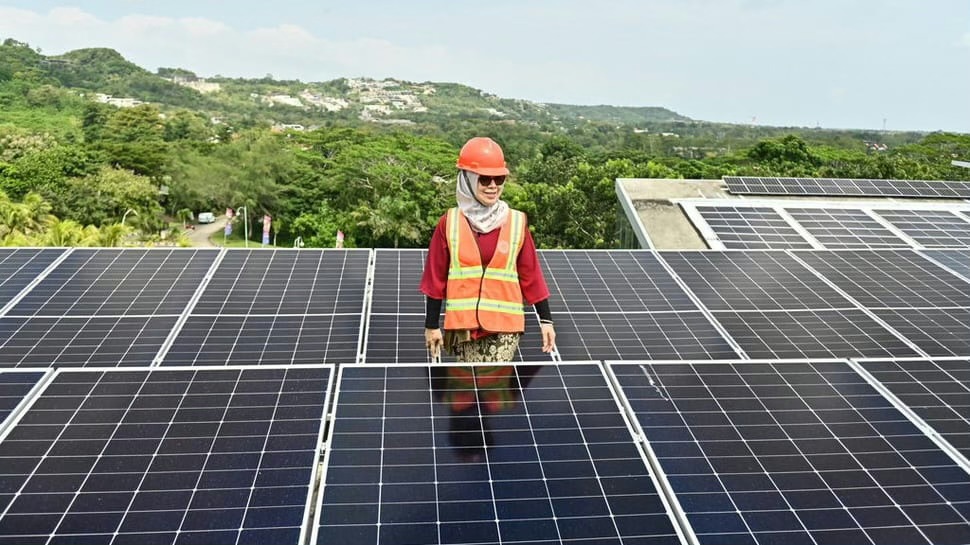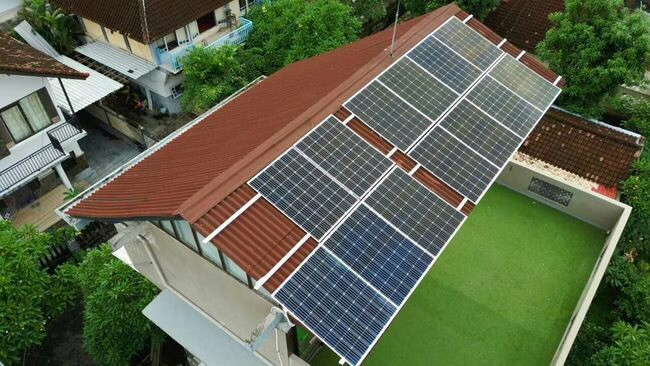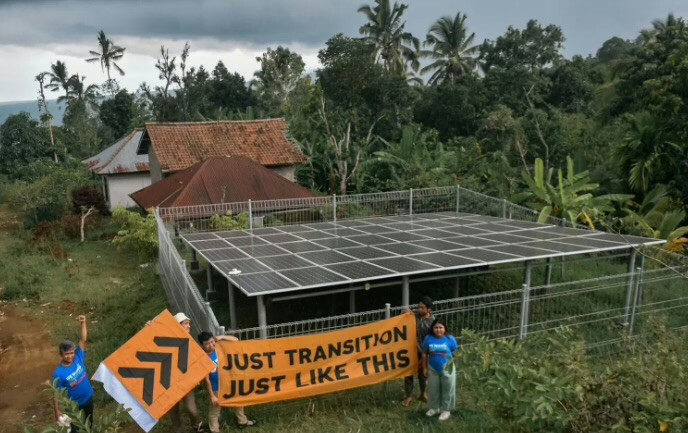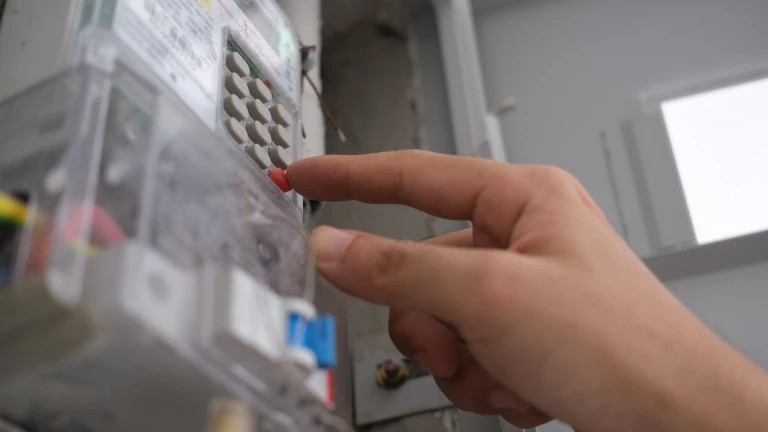In Bali, efforts continue to encourage the local population to switch to solar energy. Solar power plants (PLTS) have been installed on the roofs of public buildings in three villages for the first time. The goal is simple - to demonstrate that transitioning to clean energy provides significant savings and works in real life, not just on paper.

In the village of Banjarasem (Buleleng), the equipment is installed on the village council building's roof. After just 43 days of use, savings of 700,000-800,000 rupiahs have been proven. And this is with some of the building's lamps still not connected to the station, said the village head, Made Sirsa. He noted that the savings have already made life easier for residents: now they can hold evening cultural events, sports activities, and meetings for mothers and children without worrying about the bills.
In Baturinggit (Karangasem), the system works differently: the panels power a pump to supply water to the village. For local residents, this upgrade is vital because stable access to water has always been a problem.
In Batununggul (Nusa Penida), two stations were installed: one works in the school, and the other supplies the local administration office.
The combined capacity of the four new installations is small, but it's steps like these that should lead Bali to "zero emissions" by 2045.
Bali government secretary Dewa Made Indra explains that the authorities are banking on the "word of mouth" effect - when one neighbor shares their experience with another, and gradually the technology begins to spread on its own.
Therefore, the choice of pilot project locations was not random. The village council building is needed by all residents, the pump solves the water problem, the school shows the future to children, and the administration office sets an example of using clean energy in other public spaces.
The head of the Bali Department of Labor and Energy, Ida Bagus Setiawan, states that, on average, savings amount to 10–40% of usual expenses, but the figures depend on the weather and battery availability. Frequent rain reduces efficiency, but even under such conditions, villages are already seeing real benefits.
For Bali, this transition is not only practical but also symbolic. If the island manages to show that villages have started using solar energy, it will positively influence the resort's image.
The government's plan is ambitious: to replicate the experience of the first villages in every rural settlement. If successful, Bali will have the chance not only to reduce electricity costs and fossil fuel dependency but also to realistically get closer to the goal of fully "green" energy by the middle of the century.



You can add one right now!